Some of the furniture on this page may already have been sold. Please contact us to find out if the item you are interested in is still available.
The emergence of period provincial furniture – a play in three acts:
The provincial furniture of the rural populations
In the second half of the 18ᵗʰ century, the country folk began to take an interest in plush hand-crafted furniture, frequently offered on the occasion of a marriage:
- Wedding gift wardrobe
- Wedding trunk
- Bahut vaisselier
Two families got together to celebrate the union of their children. Which of them would show the most generosity? Which one would be the most demanding? One family would order a sideboard or a wardrobe from the cabinet maker, while the other family would ask a renowned blacksmith to make the finest horseshoes. The furniture produced in this way reveals the excellence of the local craftsmen and the originality of the regional culture, different in Cantal and Provence, for example.
The furniture created for these occasions, when the whole village community got together, was inspired by the Louis XV style which was all the rage at that time. A charming, flowery style which reinvented the curve. The curvilinear exuberance of the Renaissance period was well and truly back. This peasant tradition, celebrating the Louis XV style in all its forms, continued right up to the end of the 19ᵗʰ century.
A fine example of provincial country furniture
Oak wedding wardrobe – 19ᵗʰ century – Brittany
For the most part, popular art furniture was specially ordered for weddings. The families deployed considerable means so that their children’s union would be fertile, prosperous and everlasting. The symbols that were used were understood by everybody, since they were rooted in a shared religious iconography. Beside the wardrobe, the other piece of furniture standing for this popular art was often the chest and sometimes the sideboard.
Furniture presented as example. Please contact David on 06 78 92 61 98 if you would like him to offer you similar pieces.

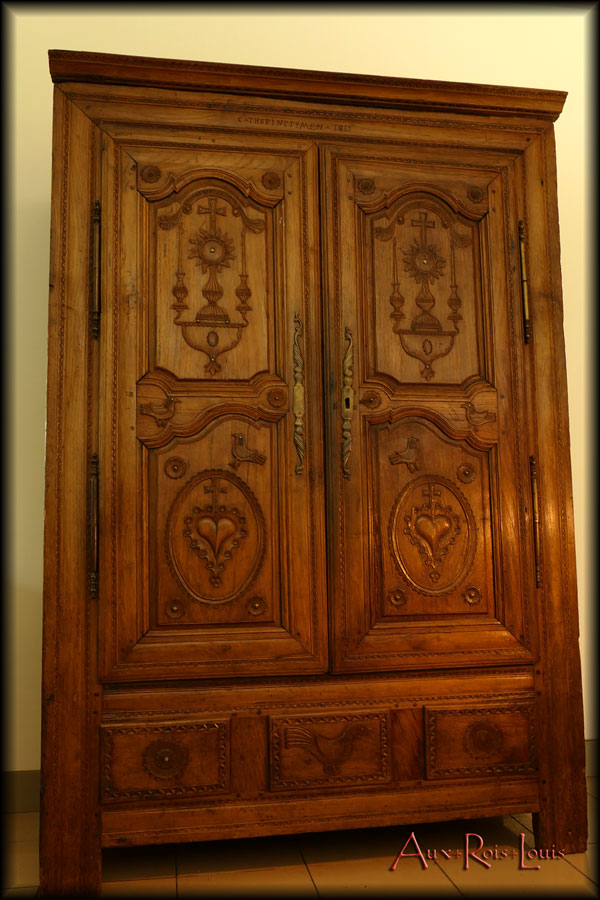
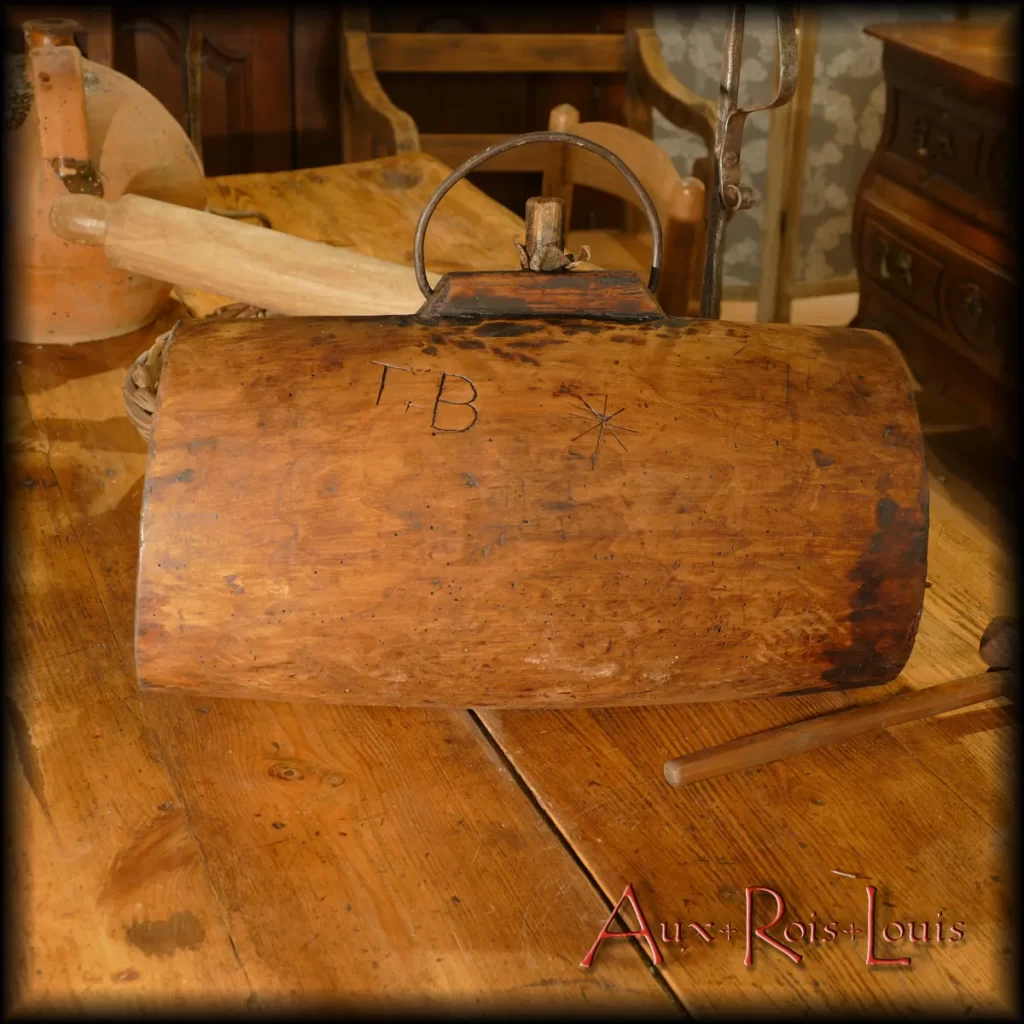
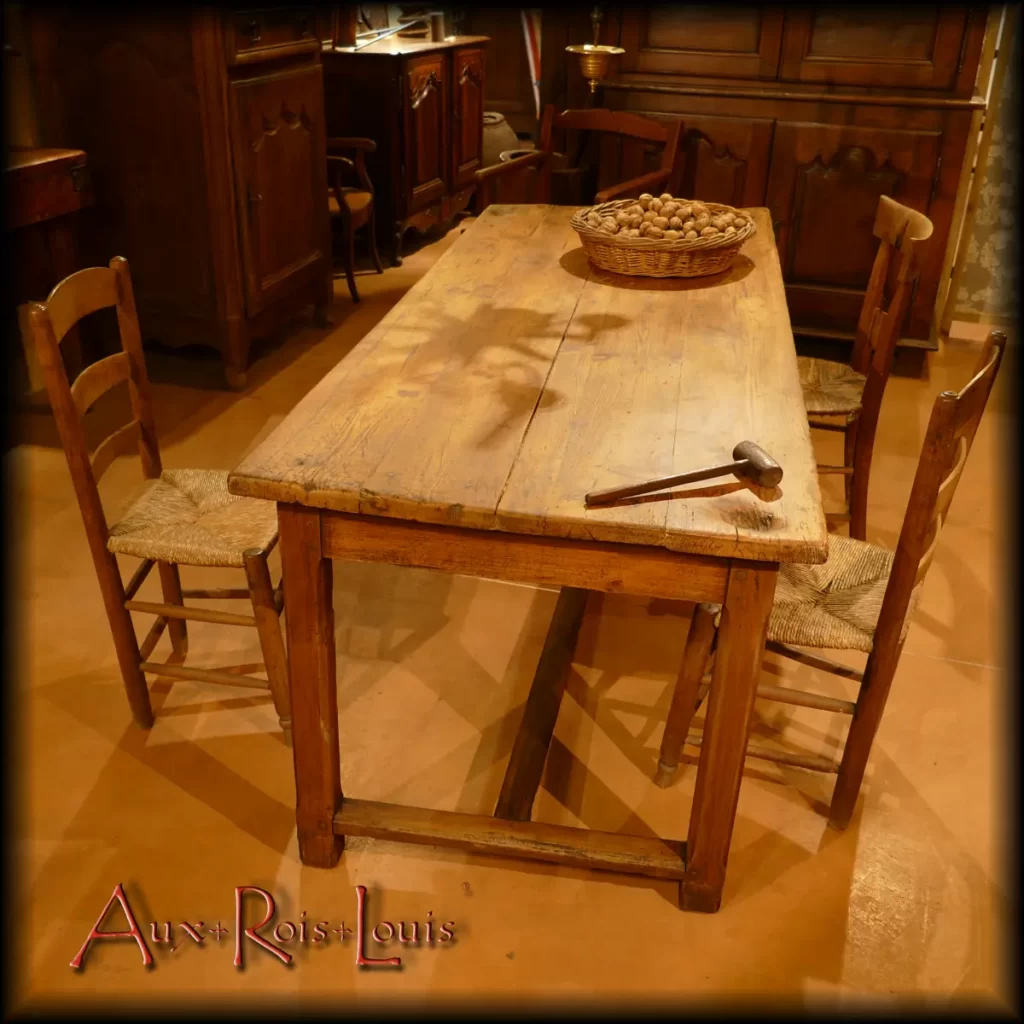
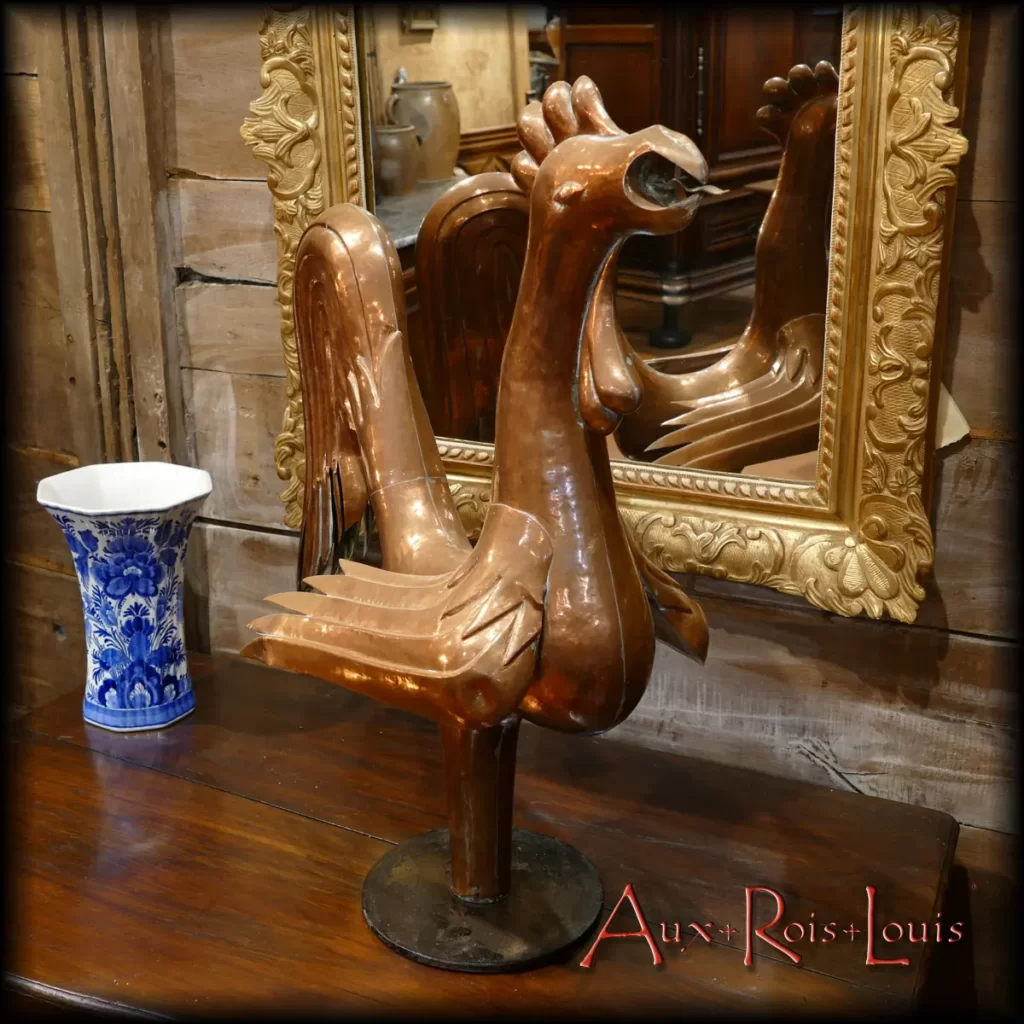
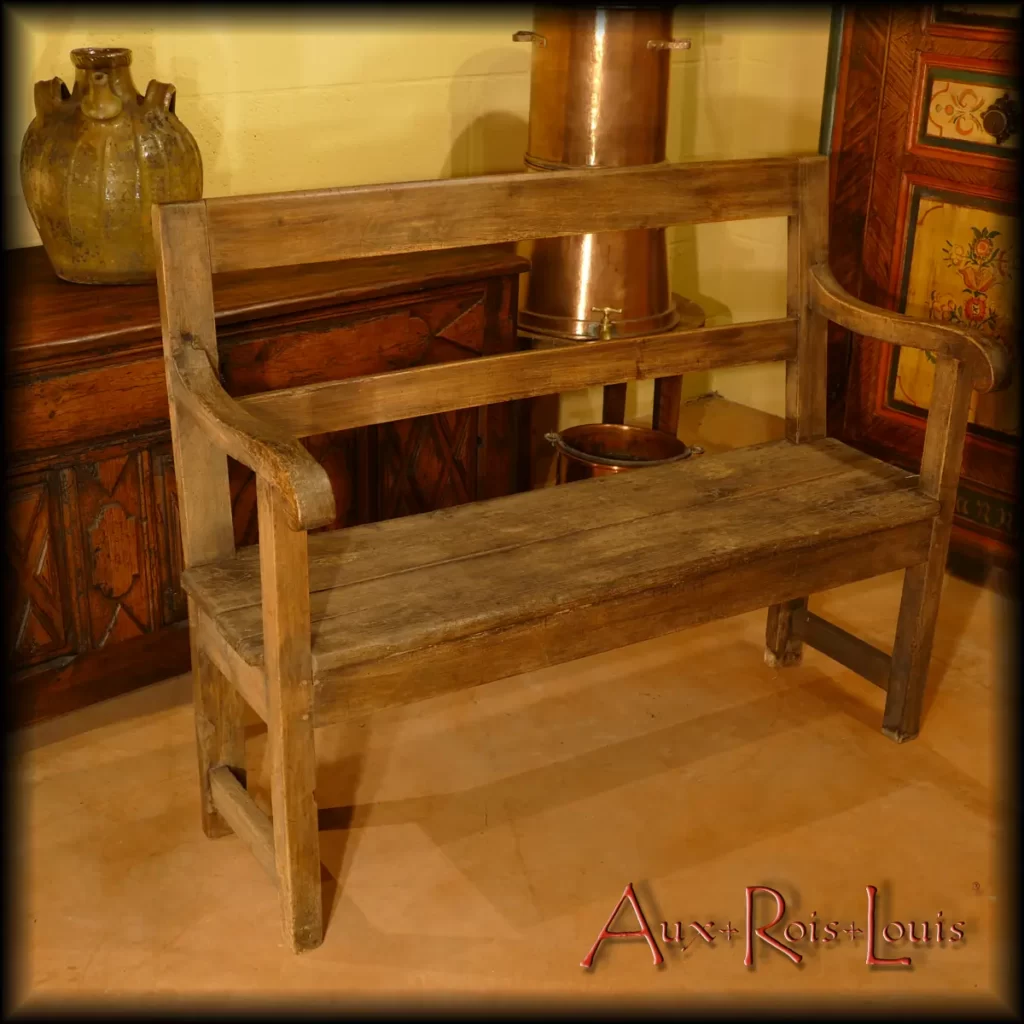
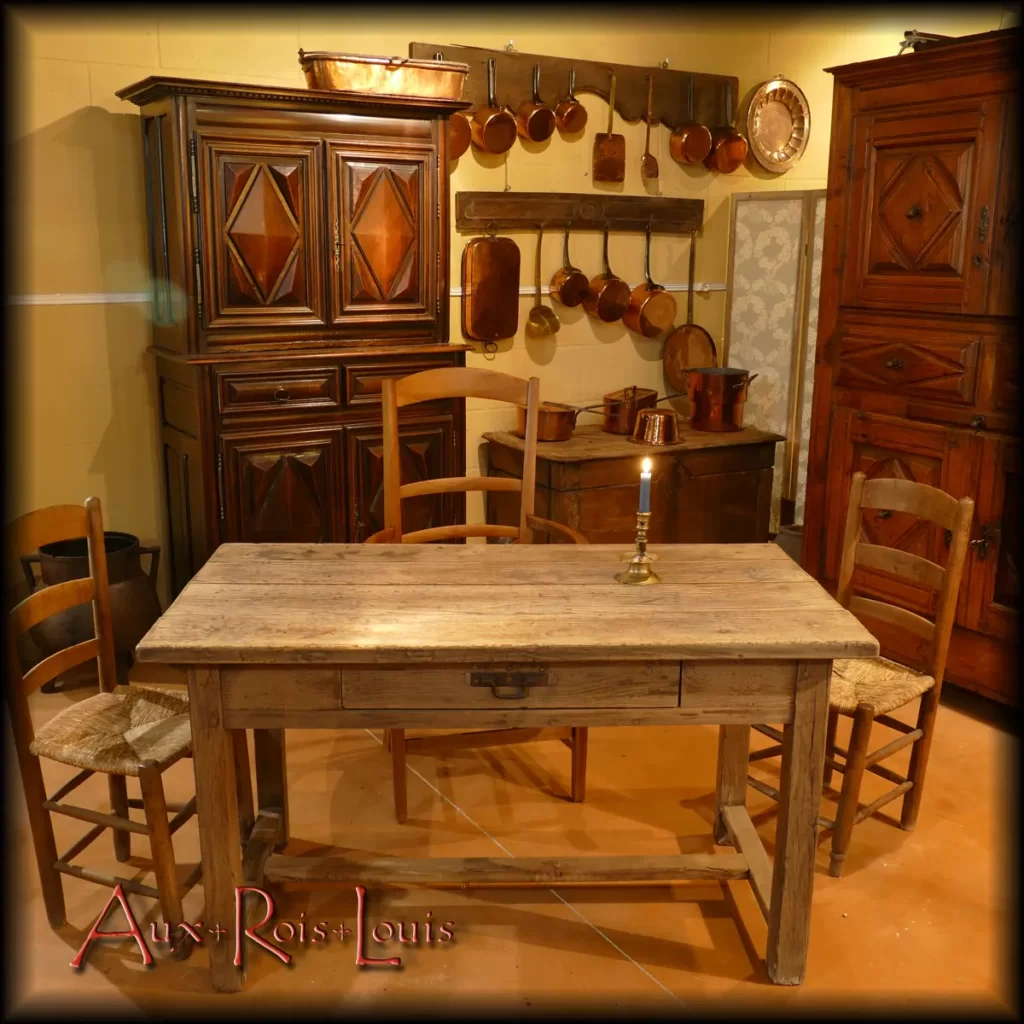
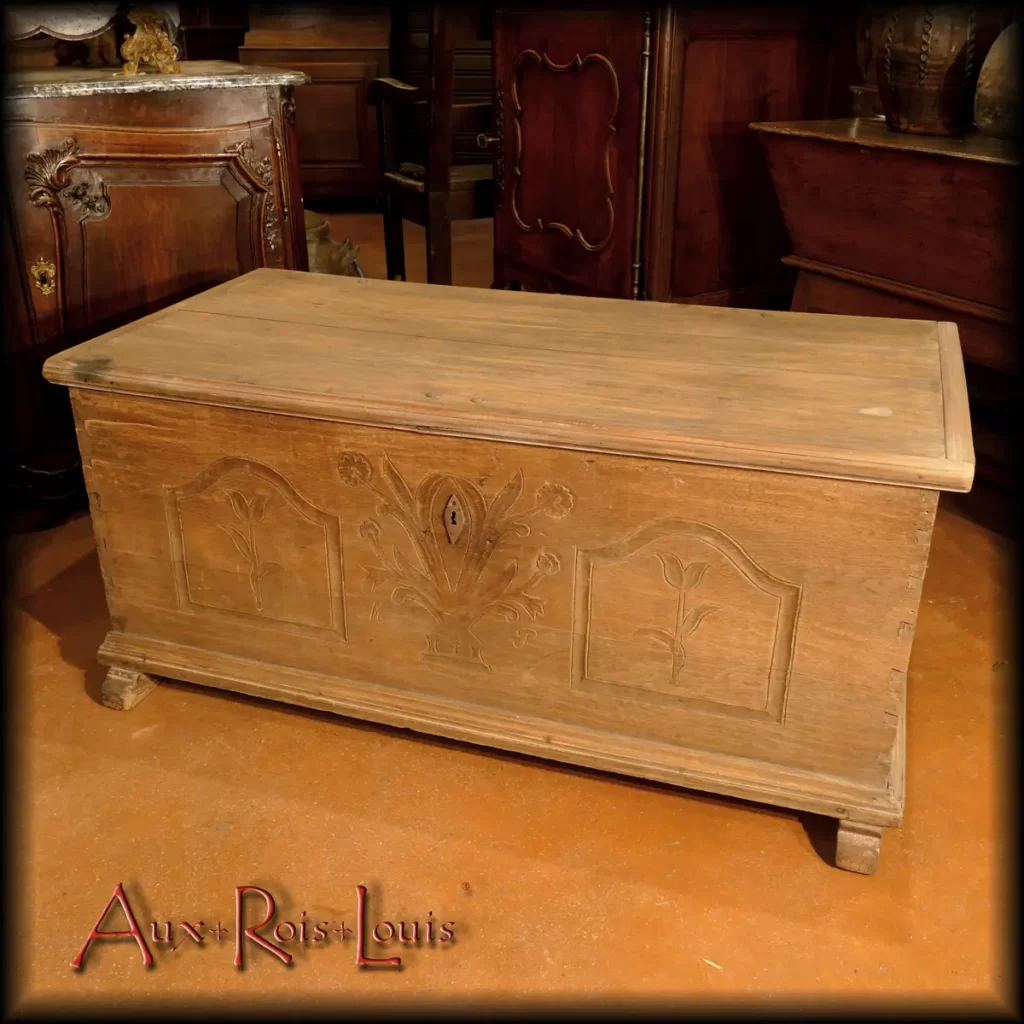
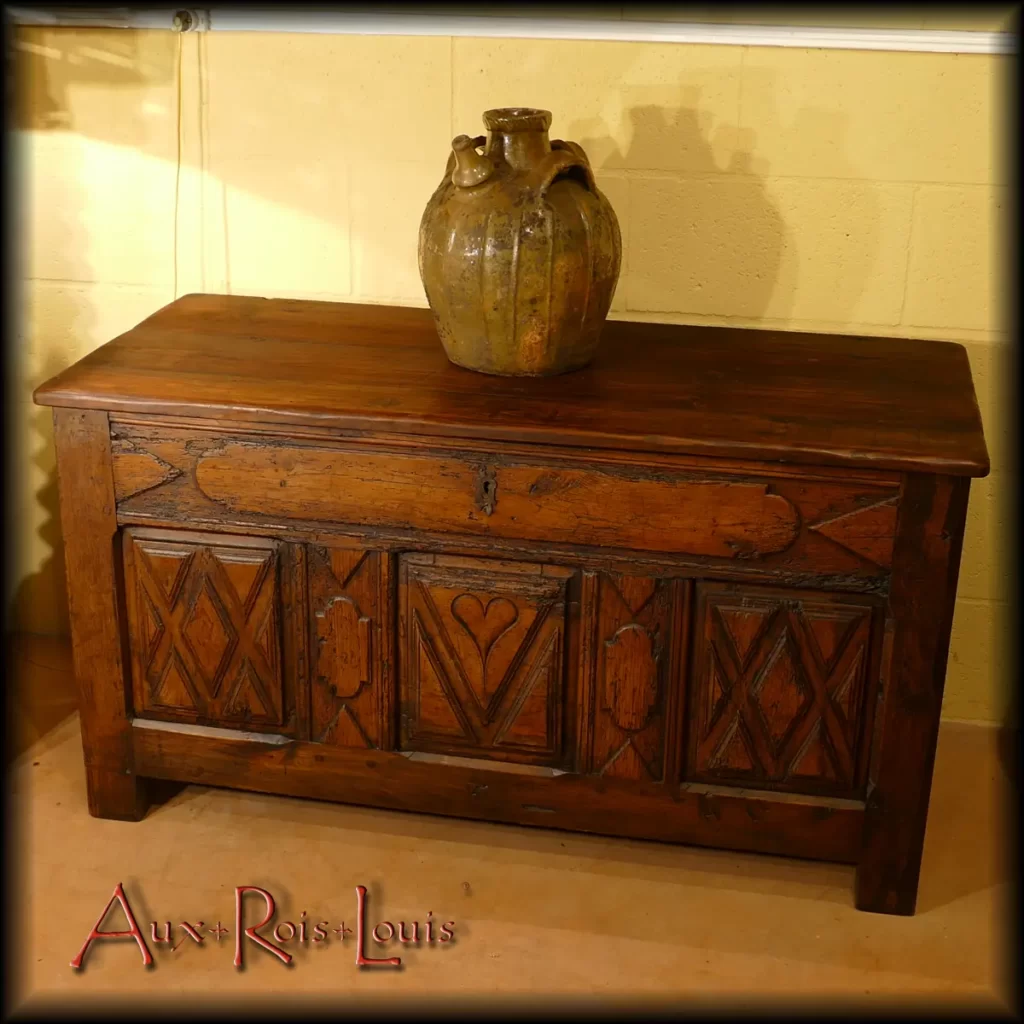
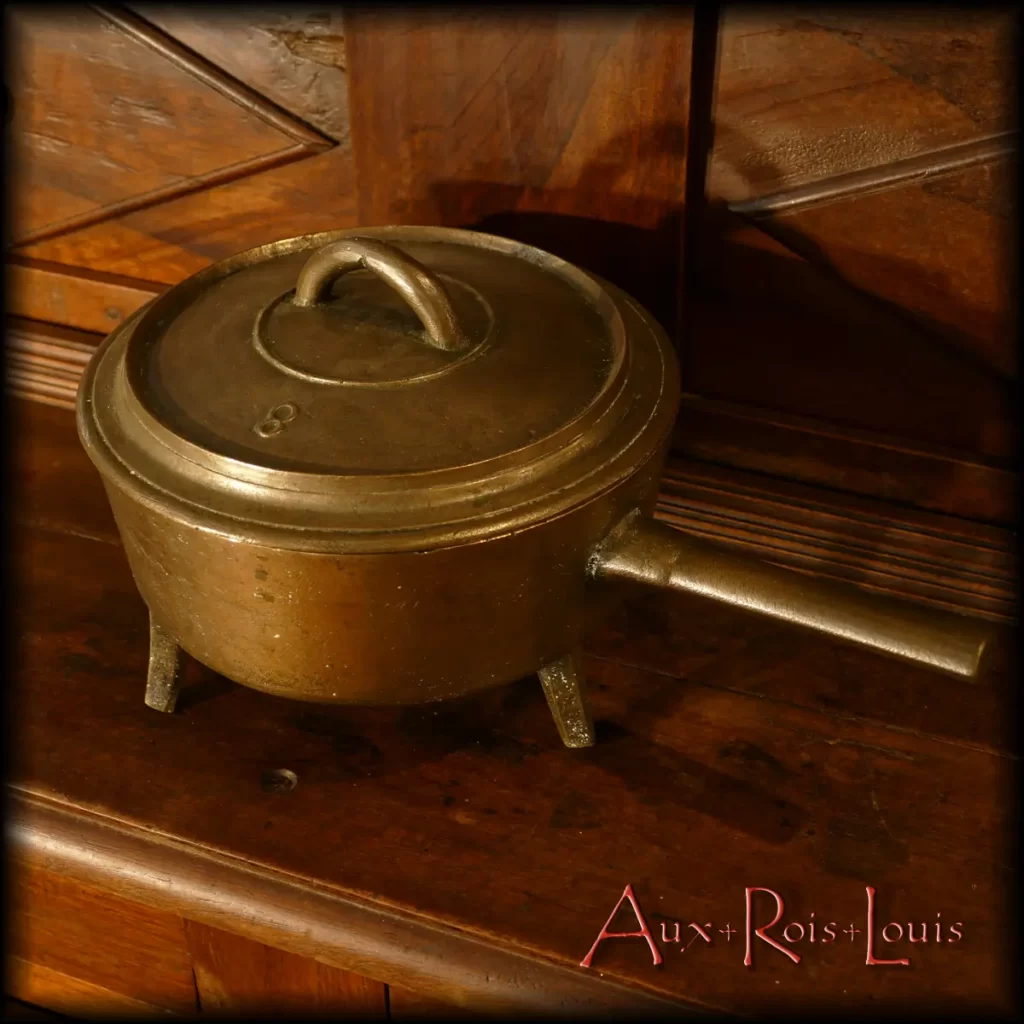
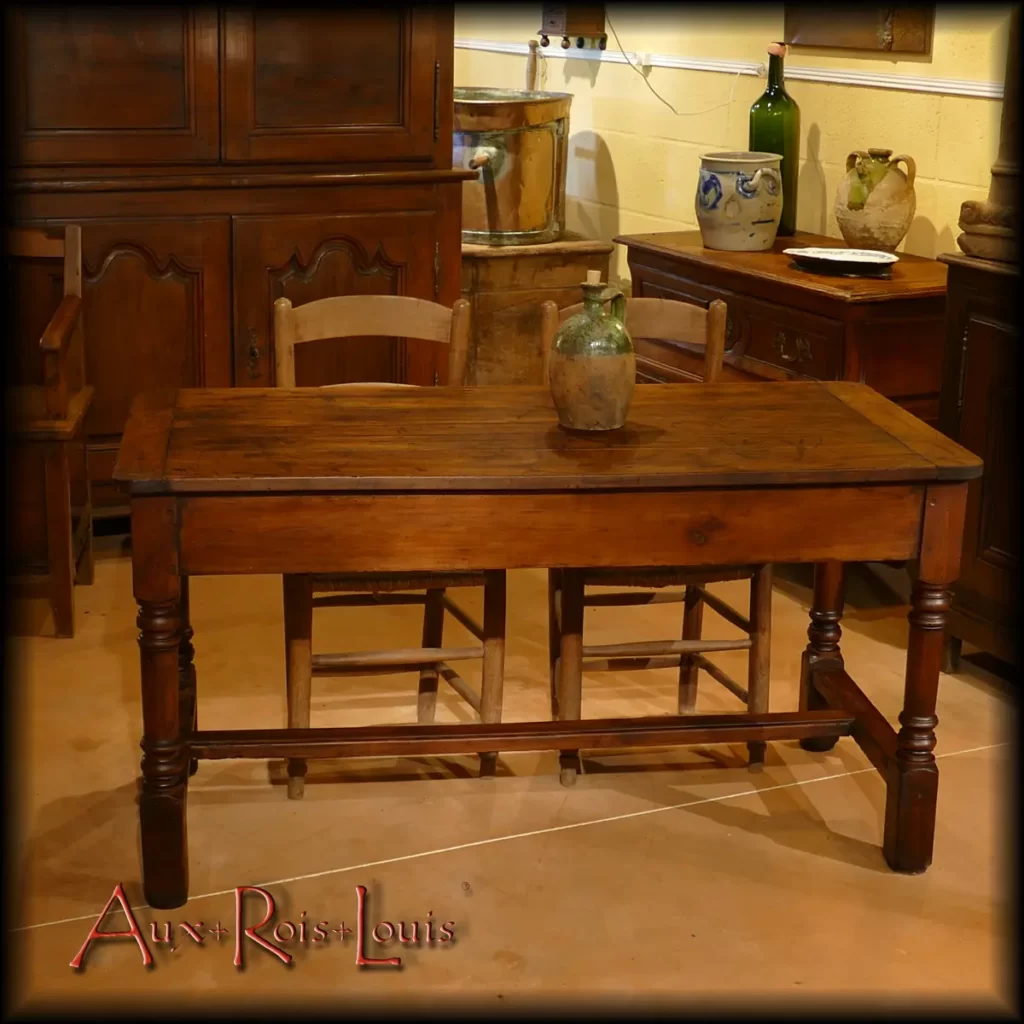
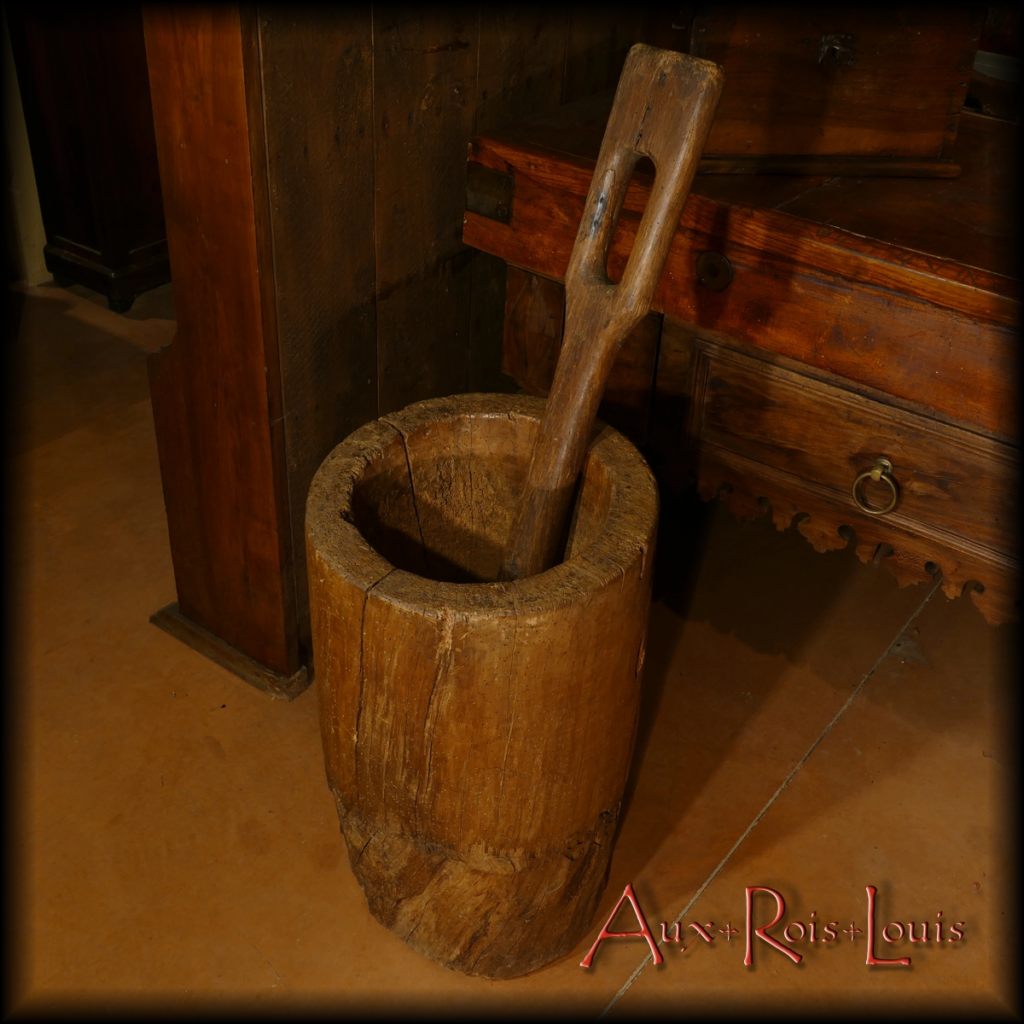
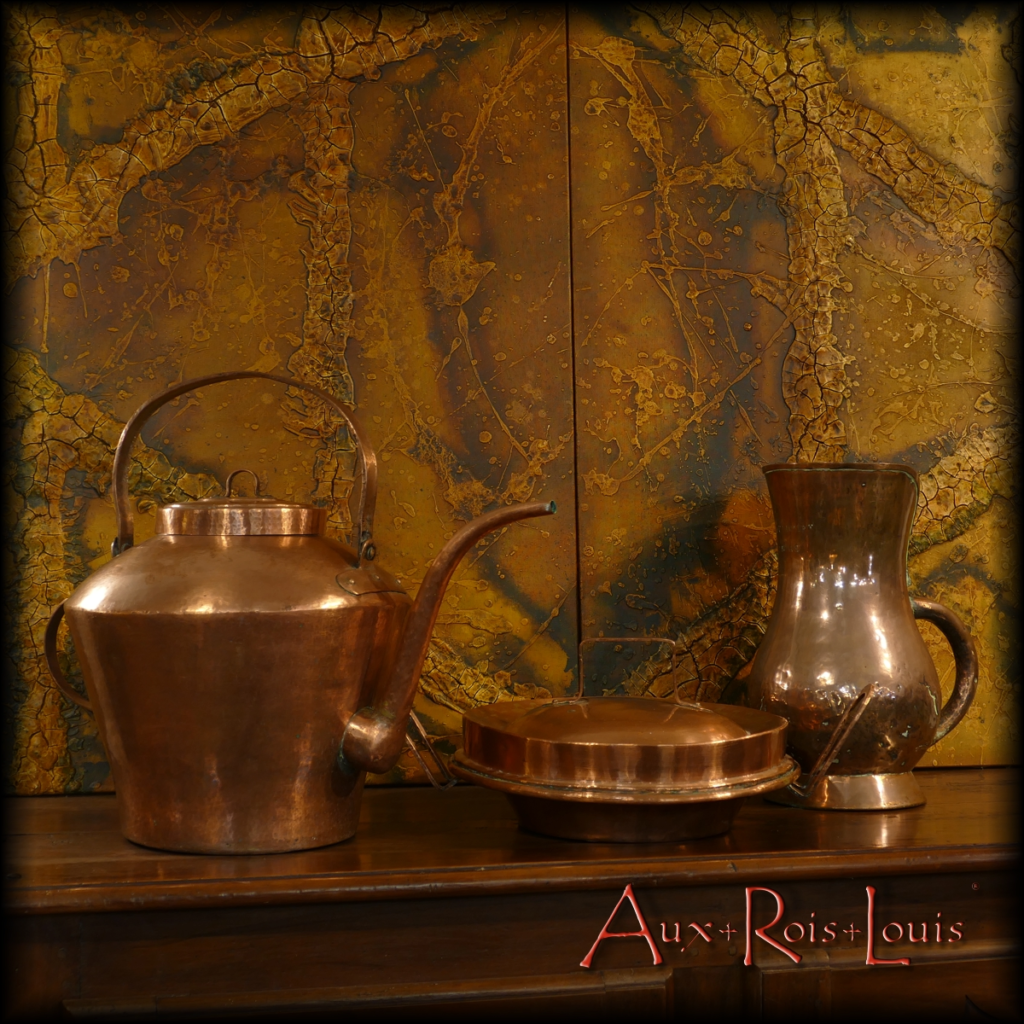
![Oak farm table – 18ᵗʰ century – Cantal – [MP031]](https://www.aux-rois-louis.com/wp-content/uploads/2022/08/MP031_093-1024x1024.webp)
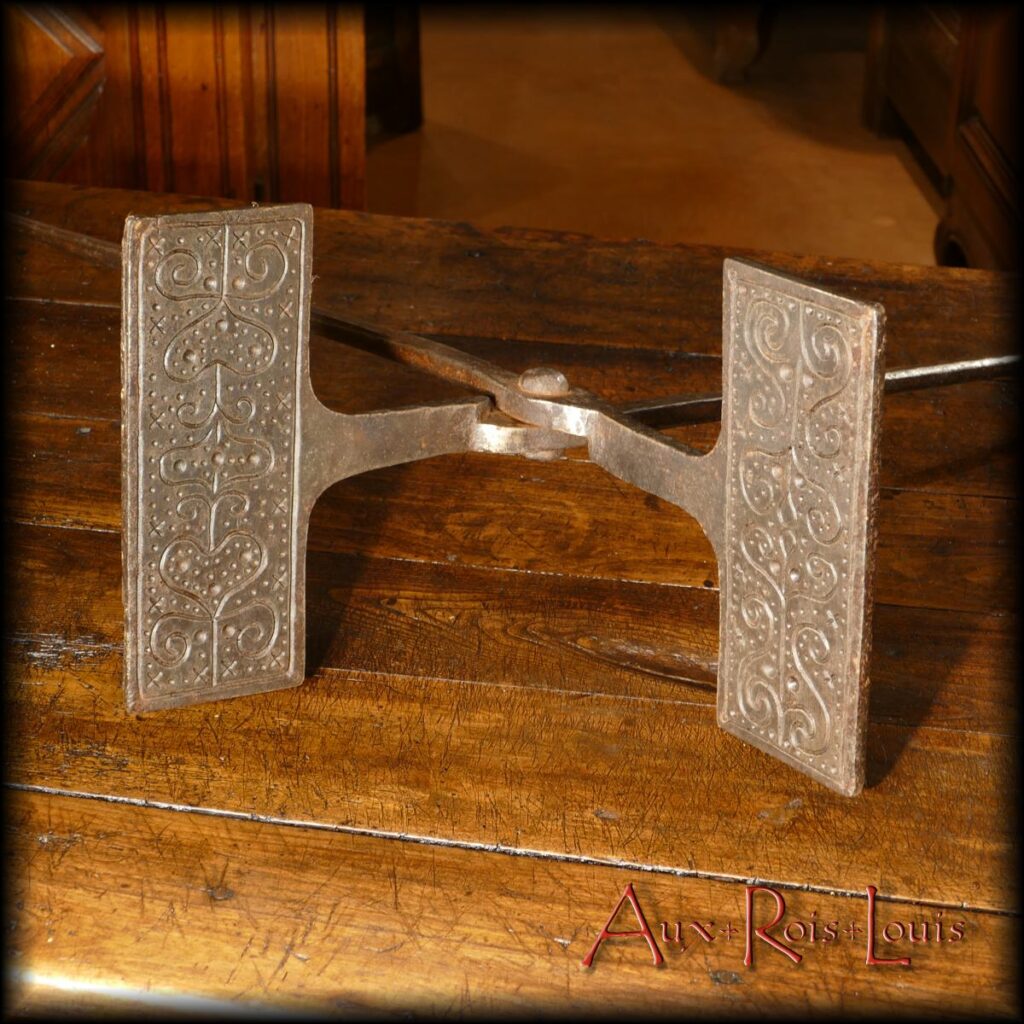
![Walnut sideboard – 18ᵗʰ century – South-West – [MP030]](https://www.aux-rois-louis.com/wp-content/uploads/2022/04/MP030_740-1024x1024.jpg)
![Oak wedding chest – 18th century – Auvergne – [MP028]](https://www.aux-rois-louis.com/wp-content/uploads/2022/03/MP028_705x900.jpg)
![Walnut pantry cabinet - 19th century - Provence - [MP026]](https://www.aux-rois-louis.com/wp-content/uploads/2021/11/MP026_P1650178x900.jpg)
![Vaisselier dresser-drainer in cherrywood – 19ᵗʰ century – South West – [MP019]](https://www.aux-rois-louis.com/wp-content/uploads/2021/04/MP019_P1600496.jpg)
![Oval walnut cellar table – 18ᵗʰ century – Lot – [MP017]](https://www.aux-rois-louis.com/wp-content/uploads/2021/02/MP017_P1600257.jpg)
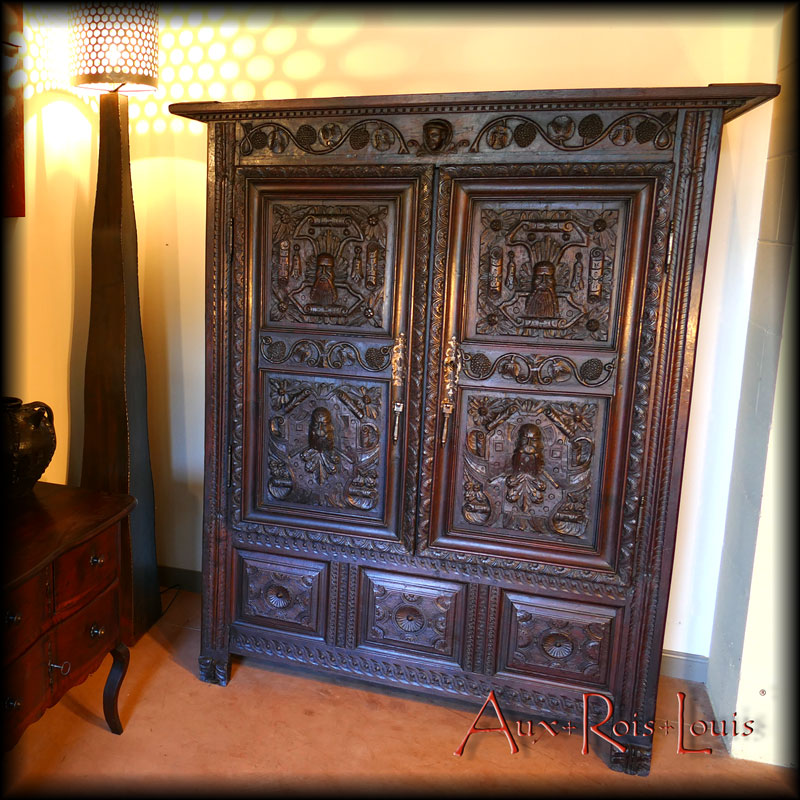
![Louis XIII kitchen cupboard 17ᵗʰ century – Haute‑Loire – [MP002]](https://www.aux-rois-louis.com/wp-content/uploads/2022/07/N17_P1470819.webp)